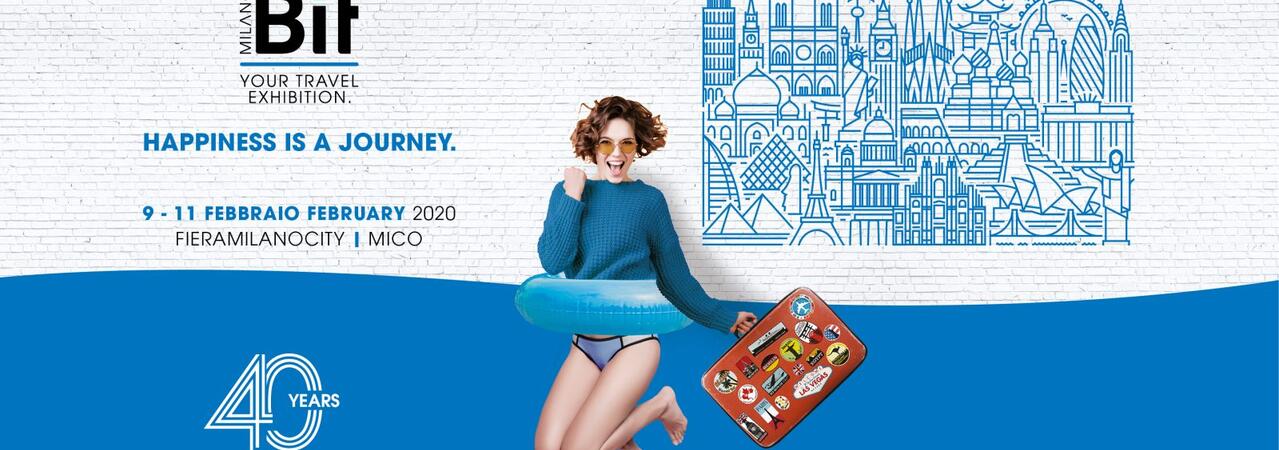The Bit Borsa Internazionale del Turismo Observatory tried to outline travel trends and find out the drivers of the return of travel in 2021.
In almost every language, the German term Wanderlust is a synonym of the innate desire to travel, move, learn, explore that characterises the human being. And in this last year of travel restrictions, we have seen how deep-rooted this instinct really is: in the months when conditions have allowed it, in fact, many have chosen not to give up on holidays and travel.What to expect in 2021?
Almost all analysts and operators foresee the continuation of proximity tourism, especially in open-air and nature. According to a TripAdvisor survey, 21% of Italian travelers plan to stay close to home, 16% plan to travel to destinations no more than 90 minutes from their residence and as many as one-third, 33%, just over 90 minutes. In the UK the percentage of those who will stay close to home rises to 24% and in the US to 29%.
A trend that could favour, for example, mountain destinations close to the most populated areas, such as those in the Alps and Apennines, as well as small villages, widespread hospitality and slow tourism in general. Food and wine will remain a powerful motivator that will find in the wine and oil routes, and in PDO products, potential attracting destinations.
But the now ubiquitous technology will also play a role. Another research, this time by OPPO Smart Studies, points out that hygiene precautions will lead travellers to opt for "precision tourism": even those who usually love holiday-adventures this year will tend to plan in advance every detail using digital and online tools. This is an important indication to help destinations and operators fine tune their strategies in line with their own requirements.
Pampering new travellers
ShopFully's Consumer Observatory confirms that the most popular desire among consumers is to return to travel, the first option for over 40% of respondents. Since the health emergency has affected the spending budget of the middle class, the challenge for 2020 will be to combine unique experiences that motivate potential travellers with budget limitations. Thus, reinforcing a trend that has already been under way for some years, luxury is increasingly redefined as the possibility of accessing "once in a lifetime" places and moments rather than as a premium price. Small charming restaurants with very few seats, monuments with restricted access - think of the Last Supper in Milan -, walks on paths where you walk one at a time... the possibilities are endless.
Another major challenge for the industry will be to combine the need for detailed planning with the wish for spontaneity that, according to a Hotels.com survey, will characterise the return to travel after a year spent respecting many obligations and instructions. The possible answer? Focus on "pampering": offering upgrades, even more care at restaurants, lounges and breakfasts, excursions and new and original experiences beyond the hotel. In addition to the latter, there is a reconfirmed interest in charming extra-hotel accommodation such as trulli in Apulia, stone homes in Matera, holiday farms and B&Bs in historical buildings.
The widespread feeling among the operators is that, despite the objective difficulties, the sector is proving to be resilient and is redefining its offerings to be ready for the moment when the wanderlust of travellers can once again fully express itself.
